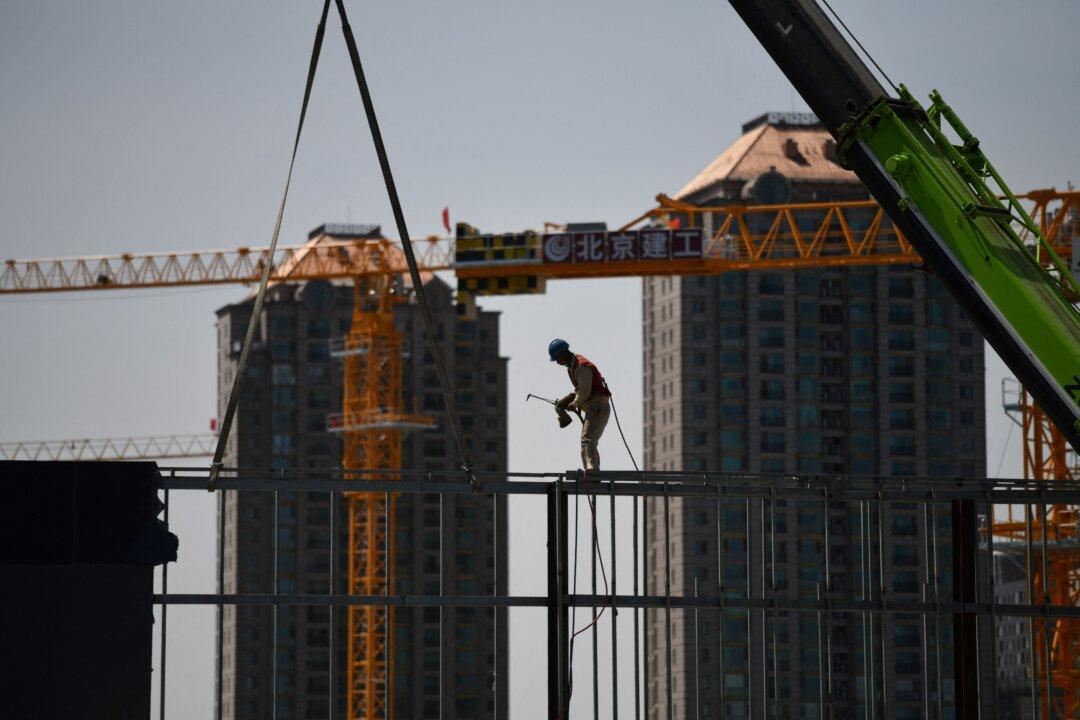Commentary
A new optimism regarding China’s economy has emerged. After a troubled 2023, exports edged up in December, and the pace of deflation moderated. It would be a mistake to take too much heart from this news.

A new optimism regarding China’s economy has emerged. After a troubled 2023, exports edged up in December, and the pace of deflation moderated. It would be a mistake to take too much heart from this news.